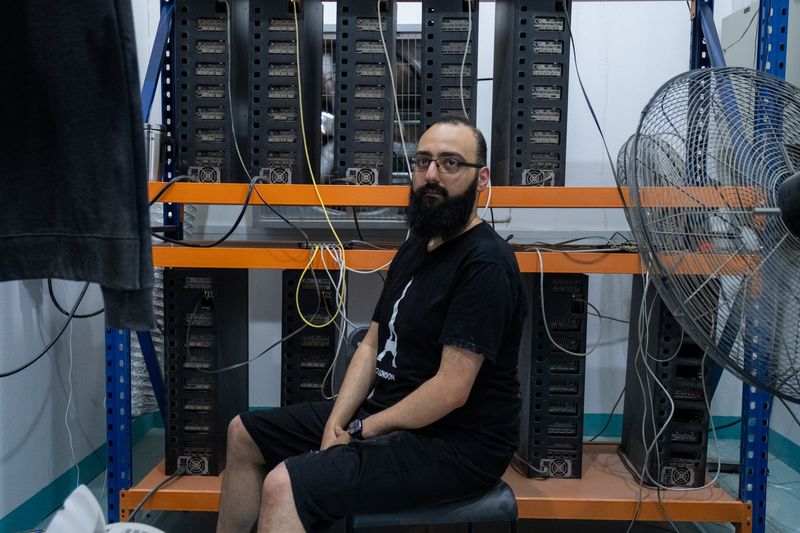
Ethereum Mining Is Going Away, and Miners Are Not Happy
Ethereum – The shift from proof-of-work to proof-of-stake will cut power consumption sharply—and leave some expensive technology searching for new uses.
The Ethereum mining community is a diverse bunch, geographically and demographically. There’s a 28-year-old translator in Ukraine, running computing hardware on his balcony to earn cryptocurrency so he can buy clothing and other necessities. In Argentina, a retiree uses her gaming PC to double her monthly pension. A college student in Canada has mined enough to buy a BMW motorcycle and a modified 2006 Dodge Charger SRT—and pay for gas every month.
As many people even outside of the blockchain world know, a crash in the crypto markets has made the past few months quite painful for anyone whose financial well-being is tied to the currencies. As of June 15, the price of Ether was down about 70% for the year. At the same time, a lesser-known factor—a tectonic shift known as “the Merge”—is set to end Ethereum mining altogether, cutting off earnings for as many as 1 million people. “This will be a huge financial hit and almost a complete loss of a good source of income,” says the Ukrainian translator, who asked to stay anonymous for fear of being robbed.
Bitcoin and Ethereum, the two largest cryptocurrency networks by market value, both record transactions using a process known as proof-of-work, where so-called miners dedicate computer resources toward solving difficult math problems to add blocks of transactions to a public ledger. The miners receive payments in cryptocurrency as a reward. Bitcoin mining, which generally involves specialized gear, has become industrialized; and as mining has moved to data centers, participation by regular people has basically been eliminated. But Ethereum mining relies on the kind of graphics cards found inside typical gaming PCs, and many regular folks can still do it.
Proof-of-work is just a contest to make computers work hard, which means it uses an enormous amount of energy. The environmental toll it takes is one of the primary criticisms of cryptocurrencies. Since Ethereum’s beginnings, its developers have been preparing for a shift to an alternative model called proof-of-stake. Under such a system, people would set aside, or “stake,” a certain amount of Ether, the cryptocurrency of the Ethereum blockchain, to win rewards for running software that properly batches transactions into new blocks and checks the work of other validators. Proof-of-stake could cut the power consumption of the Ethereum network by about 99%. It would also put miners out of a job, a significant blow given the capital investment that goes into setting up operations. Ethereum miners have spent approximately $15 billion on graphics processing units (GPUs), according to Bitpro Consulting, and that doesn’t include ancillary costs like wiring and transformers.
Source – https://www.bloomberg.com/